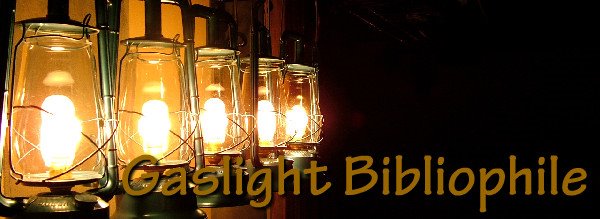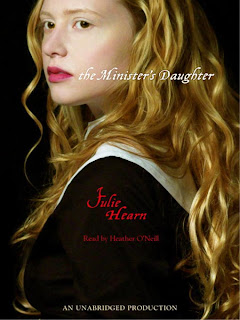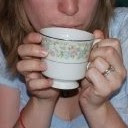
Westerfeld, Scott. Uglies. New York : Simon Pulse, 2005. 425 pages. $8.99
ISBN 0689865384
Readers Annotation: All Tally wants is to be like all the other kids over 16, Pretty. But when her new best friend Shay heads for The Smoke, she may not get her wish.
Plot Summary: In a distant future, Tally is one of the under-16-year-old Uglies. They are pre-operation humans, without the beautiful characteristics of the Pretties. Tally's best friend Peris leaves Uglyville for New Pretty Town and becomes a Pretty himself on his 16th birthday. Tally has to wait three months to join Peris and become a New Pretty. While she waits, she pulls some major pranks and becomes close friends with another prankster, Shay. Shay doesn't want to become Pretty. She may be tall and really skinny, but she likes the way she is. Some of Shay's friends left Uglyville, and avoided becoming Pretty, by running away to The Smoke. The Smoke is a settlement off the radar of modern cities that lives like the Rusties did, off the land without having the body sculpting surgery Pretties undergo. The day before their birthdays, Shay invites Tally to go with her to The Smoke, but Tally refuses. Just in case, Shay leaves encrypted directions for Tally on how to get there. The day of her birthday, Tally expects to get her Pretty-making surgery, but instead is blackmailed into finding Shay and telling the eerie Specials where to find The Smoke. Once Tally reaches The Smoke, and spends a month living in the old way, she appreciates the way the Smokies live. She even finds friendship in David, a boy "born in the wild." As Tally learns to love The Smoke she is faced with some very difficult decisions.
Critical Evaluation: In this futuristic novel, Westerfeld wonders what would happen in a world where everyone is the same. Everyone looks the same, thinks the same, parties all the time, and there is no war. Some of the Uglies, kids pre-operation, see how boring this way of life is and set off in search of the old ways of living. It is interesting to read Westerfeld's commentary at how we're currently treating the earth by eating animals, cutting down trees and using gasoline. It is also interesting to think about why there are so many conflicts. According to Uglies' history, wars occur often because people looked different from each other. In some ways this has been true, but I think wars have been more than that in the past. Westerfeld's writing style isn't terribly challenging, but the ideas he presents can be difficult, but essential, to process.
Information about the Author: Scott Westerfeld is an established young adult author, having published four different series including Uglies, Midnighters, Risen Empire, and Levithian. He also wrote three stand alone young adult novels and five science fiction novels for adults.
Genre: Science Fiction
Age Level: 14 and up, young adult
Curriculum Ties: A great choice to add when reading/discussing books like 1984 and Brave New World. Also an interesting tie in when discussing environmental biology or genetics.
Book talking ideas: Discuss how they think the world will be in the next hundred years. How would things be different if we all looked the same? Would life be boring? Read one of the passages that describes the reconstructive surgery.
Challenge Issues: There are some controversial ideas in Uglies, such as performing surgery to make everyone look the same and have the same skin color.
Why I included it: Up until recently I never wanted to read science fiction. However, I have now become obsessed with science fiction. I've realized that science fiction is just a more scientifically influenced world view as opposed to fantasy, which is a magically influence world view. They are more similar than I thought, and science and magic can sometimes overlap!


























